Grandma’s Hands
Small Bites Friday Five 3-26-21
20-30m – Spend 30 minutes disconnecting from school and doing something you love. Cliché but true, you cannot pour from an empty cup. (Scrolling in Pinterest or Teachers Pay Teachers for class deco or activities does not count.)
15-20m – Browse these parent SEL guides from Today and the Chan Zuckerberg Initiative to find something to watch or share with your parents. Summer is coming and they need PD too!
10-15m – It’s testing season and everyone will need to support one another. Choose some cool new SEL games and activities for your campus and classroom. Common Sense Media has curated a few, like Mix it Up Lunch day from Learning for Justice (Formerly Tolerance.org).
5-10m – Review some of the SEL stats collected by Casel. In particular I noticed, that if we are giving out number grades, we—teachers, schools—are currently failing.
0-5m – From what you learned by looking at the SEL data, choose one small great SEL thing to focus on. How about class routines?
When I was a little girl, I lived in a multi-generational household. Mommie, born in 1892 (or 1893, the census records in ‘Negro’ households weren’t too exact back then) and Gammy, born in 1920 or even my mom, born in 1944 had first hand experiences with Sundown towns and lynchings.
Of course when Gammy, the neighborhood grandma, talked about race, well, through the eyes of the 2021 cultural police, it was anything BUT politically correct. But in a world where she had seen Black men pulled from their homes and beaten or lynched for “mouthing off” or being “uppity” or even just trying to vote, her experiences with White people framed her view and gave her reason to have a deep and abiding mistrust of White people.
I now understand why my family was always turned out like it was church at PTA meetings. We were fighting to be the anti-stereotypes. Most people at that school had never seen Black people up close. They believed media stereotypes and Jim Crow propaganda that told them Black people were lazy, unkempt, uneducated and that we even shuffled when we walked and only talked in high-fives, soul-handshakes and slang.
Before there was ‘socio-emotional learning’, there was my grandma. She modeled humanity and kindness, baked cookies for class that no white children ever touched, volunteered and showed up to Every. Single. PTA meeting, paying her dues before she paid the light bill. I also heard my grandmother tell me to “get the White man’s hands out of my pocket” which meant to cut the lights out (‘turn the lights off’ if you are from north of the Mason Dixon). There were other colorful phrases heard now and then, because mostly, her world was segregated, until she took me to school. She also admonished me to watch my step because ‘that white boy’s parents did not want him liking me and I might wind up in an alley dead”. She had seen it happen with her college roommate. Still, at those PTA meetings, I saw her talk politely with him and his parents because my playground pal and I were, for a time, inseparable. She bought Valentine’s day cards and gift exchange presents and always had something special to do with me when she heard that it was so-and-so’s birthday party, so much so that I was way grown before I realized that I never went to their birthday parties and they’d never come to mine.
My grandma was the person who most modeled humanity for me. She knew the neighbors, sent care packages to me and my friends at college and remembered birthdays. She was the kind of person who would call people on the anniversaries of the deaths of those they loved, the kind of person who always sent enough 5AM-freshly-fried chicken for me to share on field trips.
What does all this have to do with SEL? Well, it hopefully reminds you that we are all human, fallible, on a journey. It lets you know to love the people who are still waving the “wrong” flags or touting the “wrong” ideologies. It reminds you to look for the kindnesses they do. Look for it in the parents of your students. Look for it in your students themselves. Look for it in yourself.
Want to be really good at SEL with your students? The one BEST thing you can do for #SELday is to love and accept yourself. Only then can you grow. Only then can you love and accept others.
